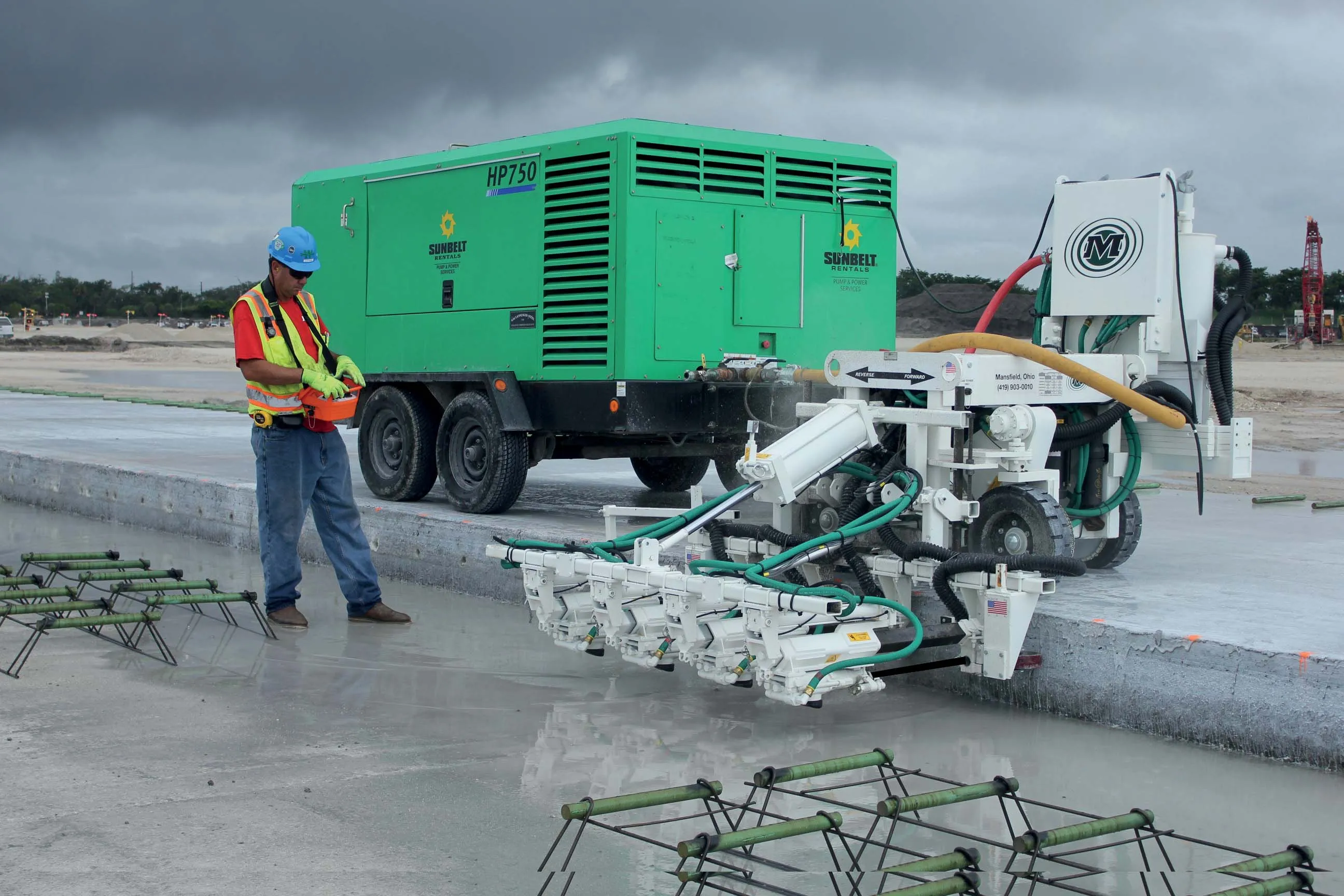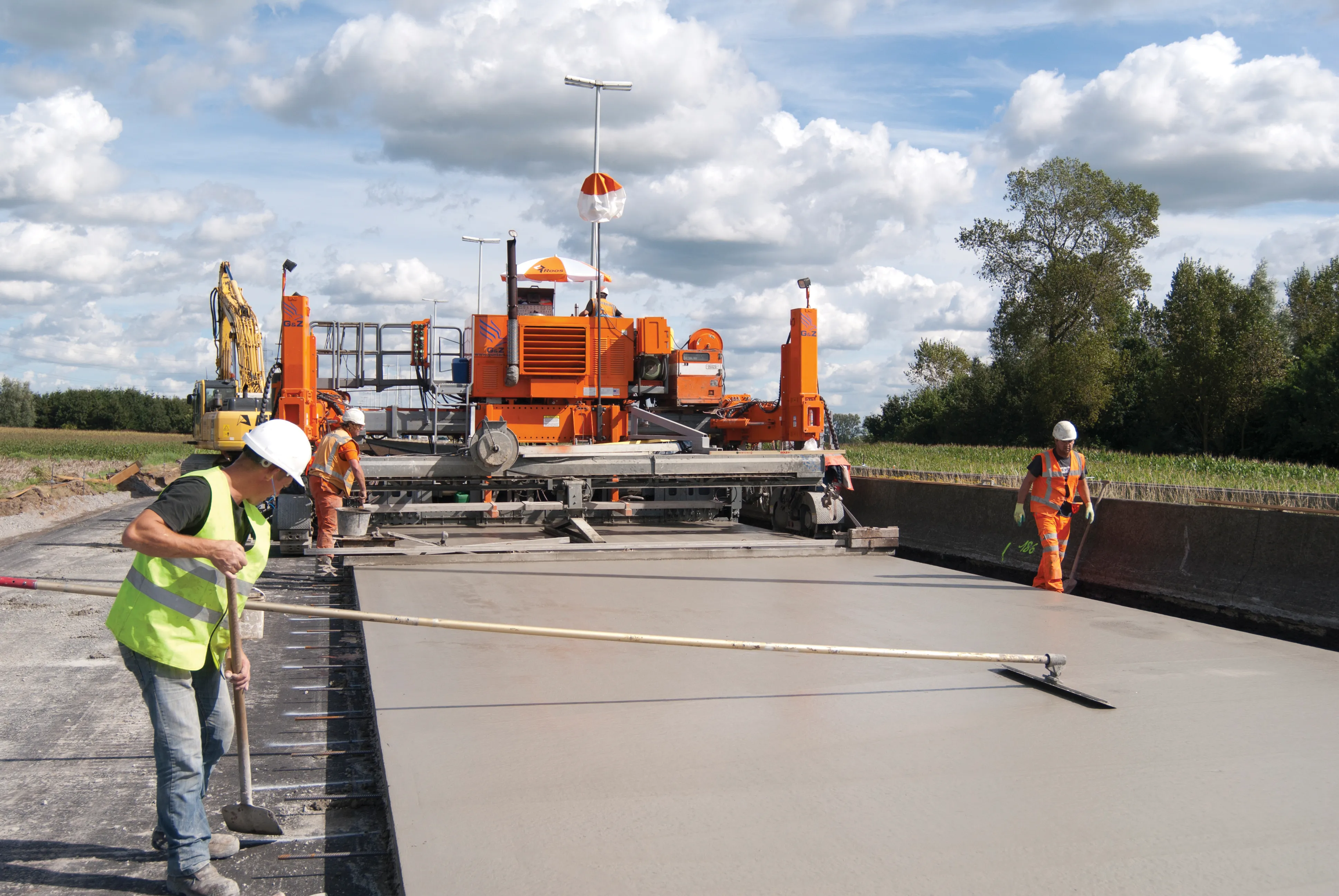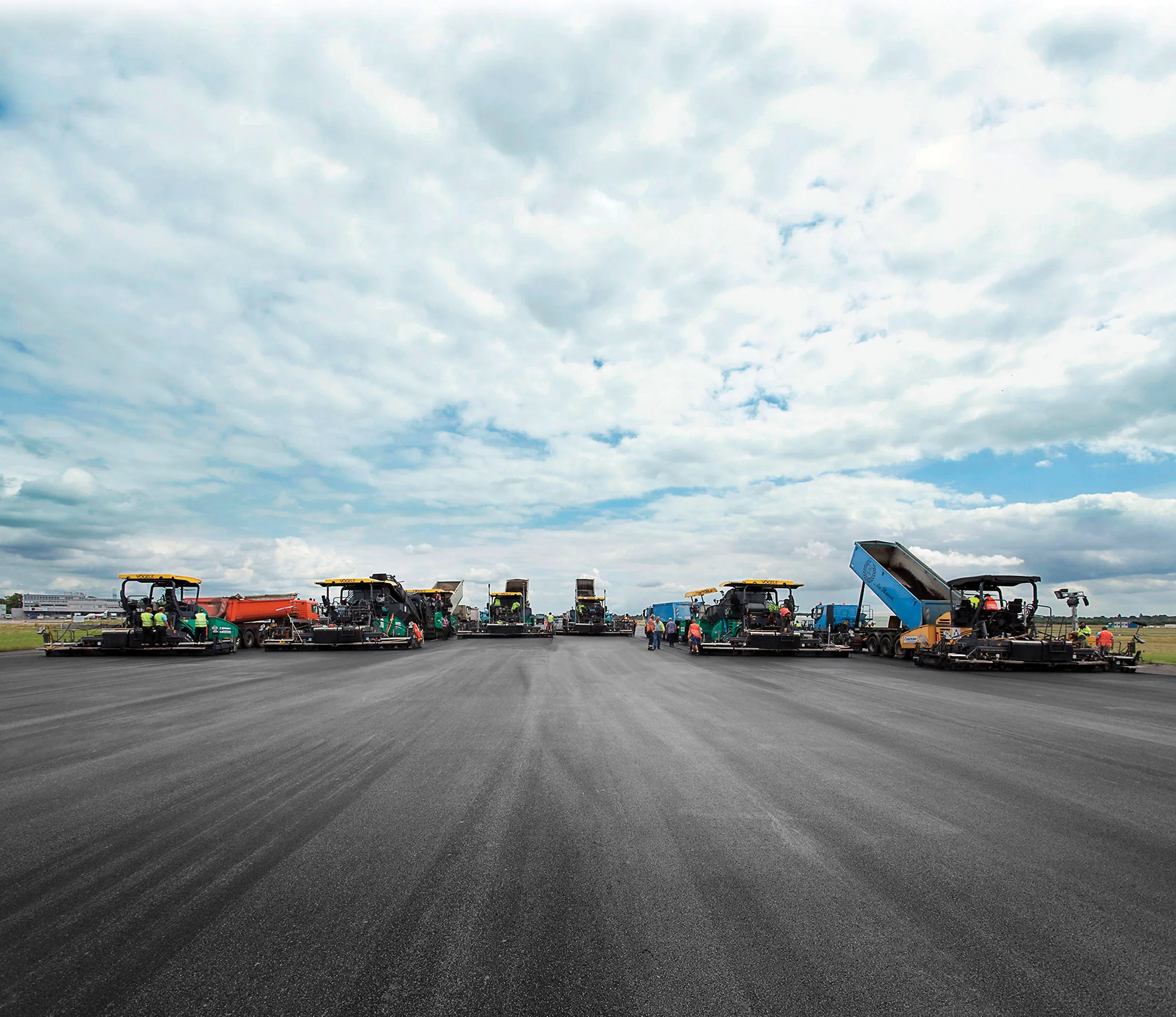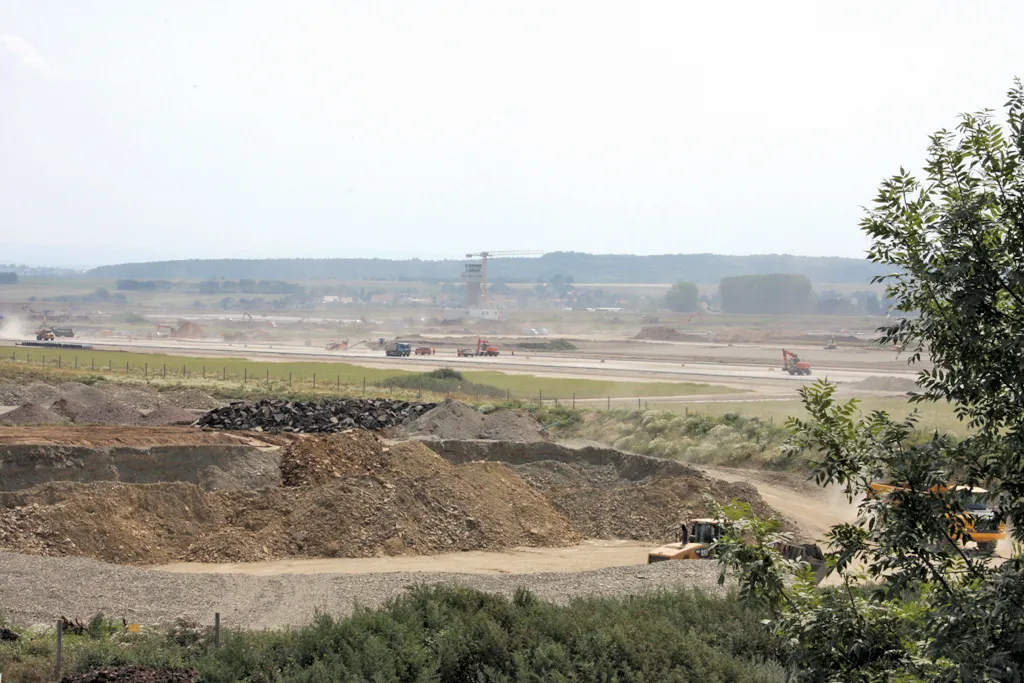Florida’s Fort Lauderdale- Hollywood International Airport (FLL) is now benefiting from an upgraded runway. A key portion of the work has been carried out using equipment from Minnich.
The airport handles about 23 million passengers/year and with about 3 million of those from international flights, there was a need to develop the facility to cope with the larger aircraft used on international flights.
The Broward County Aviation Department was responsible for the work and specified that the runway exp
August 18, 2015
Read time: 3 mins

Florida’s Fort Lauderdale- Hollywood International Airport (FLL) is now benefiting from an upgraded runway. A key portion of the work has been carried out using equipment from Minnich.
The airport handles about 23 million passengers/year and with about 3 million of those from international flights, there was a need to develop the facility to cope with the larger aircraft used on international flights.
The Broward County Aviation Department was responsible for the work and specified that the runway expansion would cover approximately 407,190m2 of concrete. To handle the work,4760 Archer Western Construction was awarded the project for the paving of FLL’s 10R28L runway.
The expansion of runway 10R28L included several challenges. The2423 Federal Aviation Administration (FAA) mandated that the new south runway be ready for aircraft use by the third quarter of 2014. In addition, the airport needed to remain fully functional during the expansion process.
The budget for Archer Western’s portion of the renovation was about US$87 million. The runway-paving contract was part of a larger expansion, including two bridge structures and an embankment to elevate the new runway over US-1 and the FEC Railway lines.
An integral part in the concrete paving process was reinforcing and aligning the concrete slabs with dowel pins. Once a concrete slab cures, dowel-pin holes are drilled in the sides of the slab, and dowel pins are inserted into the holes. At that point, the crew can pour the adjacent slab of concrete, and it will ensure that the slabs are properly aligned and reinforced. The runway expansion project required approximately 172,000 dowel-pin holes to be drilled and the contractor required a productive piece of equipment to complete this process.
Archer Western chose the286 Minnich A-4SCW (four-gang, self-propelled, wireless) dowel-pin drill, equipped with the optional dust collection system. The Minnich A-4SCW proved to be a valuable companion throughout the process, drilling four holes at a time. By attaching the A-4SCW to a portable air compressor, the crew was able to drive the unit along the slab while standing at a safe distance.
Archer Western equipped the unit with Minnich’s optional dust collection kit, a dust collection system using a vacuum attached to each of the drills that minimises dust and debris and reduces clean-up times. This improved safety both for the airport environment and also for the crew.
The firm also chose the Minnich machine because it is self-propelled and can be controlled remotely, keeping the operator at a safe distance, while also allowing accurate hole-spotting.
On site the crew averaged about 30 seconds to drill four holes using the Minnich machine, which met with the productivity requirements of the tight working schedule.
The airport handles about 23 million passengers/year and with about 3 million of those from international flights, there was a need to develop the facility to cope with the larger aircraft used on international flights.
The Broward County Aviation Department was responsible for the work and specified that the runway expansion would cover approximately 407,190m2 of concrete. To handle the work,
The expansion of runway 10R28L included several challenges. The
The budget for Archer Western’s portion of the renovation was about US$87 million. The runway-paving contract was part of a larger expansion, including two bridge structures and an embankment to elevate the new runway over US-1 and the FEC Railway lines.
An integral part in the concrete paving process was reinforcing and aligning the concrete slabs with dowel pins. Once a concrete slab cures, dowel-pin holes are drilled in the sides of the slab, and dowel pins are inserted into the holes. At that point, the crew can pour the adjacent slab of concrete, and it will ensure that the slabs are properly aligned and reinforced. The runway expansion project required approximately 172,000 dowel-pin holes to be drilled and the contractor required a productive piece of equipment to complete this process.
Archer Western chose the
Archer Western equipped the unit with Minnich’s optional dust collection kit, a dust collection system using a vacuum attached to each of the drills that minimises dust and debris and reduces clean-up times. This improved safety both for the airport environment and also for the crew.
The firm also chose the Minnich machine because it is self-propelled and can be controlled remotely, keeping the operator at a safe distance, while also allowing accurate hole-spotting.
On site the crew averaged about 30 seconds to drill four holes using the Minnich machine, which met with the productivity requirements of the tight working schedule.









